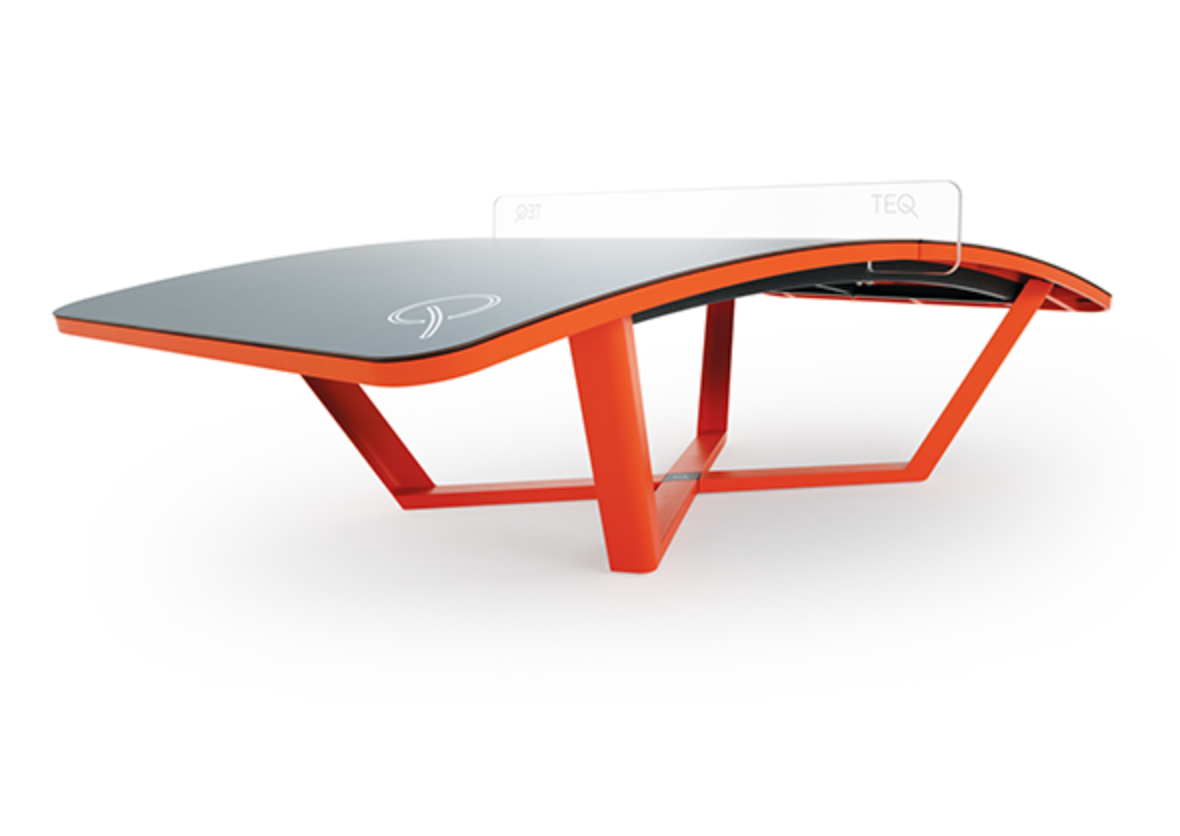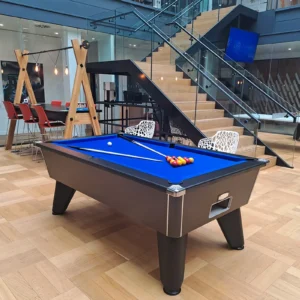Table tennis, known globally as ping pong, is a sport that combines speed, precision, and strategy, captivating players from casual enthusiasts to Olympic athletes. Its rich history spans over a century, evolving from a Victorian parlour game to a globally recognised competitive sport. Today, in the UK, table tennis has found a renewed place in homes, offering an accessible, entertaining, and space-efficient activity for families, friends, and fitness enthusiasts. This article delves into the fascinating history of table tennis, tracing its origins, development, and transformation, before exploring how it functions in contemporary UK home settings, including equipment, setup, and its appeal as a domestic pastime.
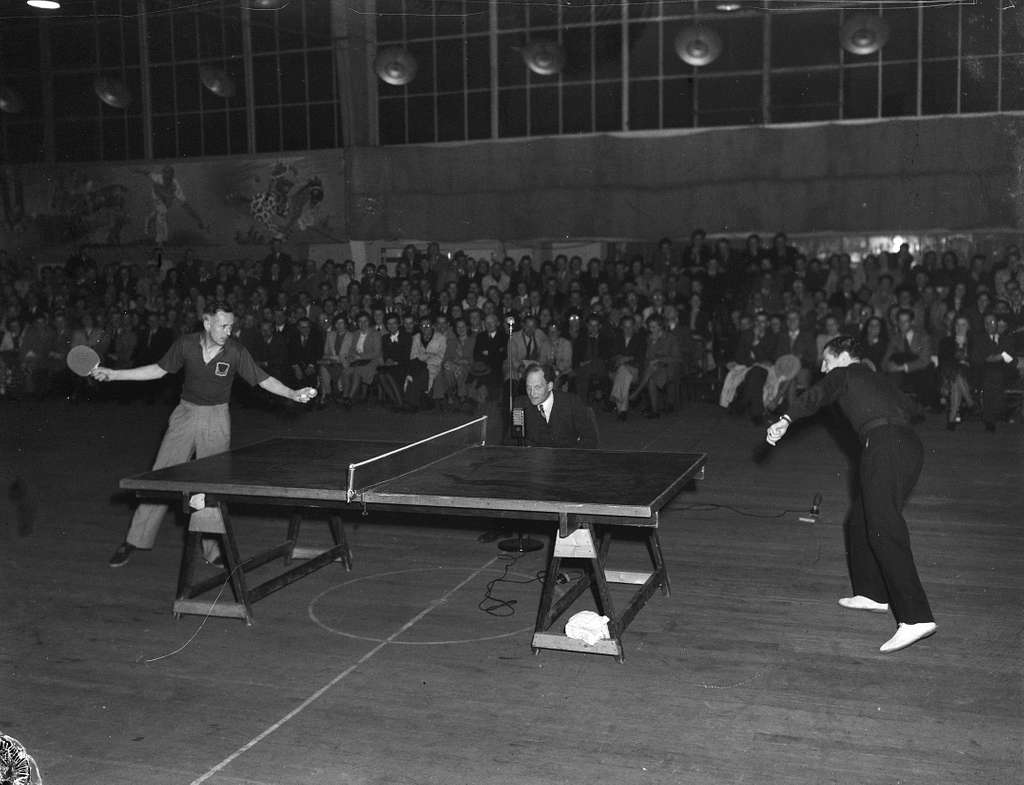
The Origins of Table Tennis
Victorian Beginnings: A Parlour Game Emerges
The roots of table tennis can be traced to late 19th-century Britain, where it emerged as an indoor alternative to lawn tennis among the Victorian upper class. In the 1880s, with lawn tennis gaining popularity, players sought ways to enjoy a similar game indoors during inclement weather. Makeshift versions of table tennis appeared in homes, using dining tables as playing surfaces, books or wooden planks as nets, and improvised paddles crafted from cigar box lids, champagne corks, or parchment-covered frames. Balls were often made from rubber, cork, or even celluloid, a material that would later define the sport.
This rudimentary game, initially called “whiff-whaff” or “flim-flam,” was a social pastime rather than a competitive sport. By the 1890s, toy manufacturers and sporting goods companies, such as Jaques of London, began producing commercial sets, standardising equipment and branding the game as “Gossima” or “Ping Pong.” The name “Ping Pong” derived from the sound of the ball striking the paddle and table, a term trademarked by Jaques in 1901. These early sets included a net, lightweight celluloid balls, and paddles, making the game more accessible to the middle and upper classes.
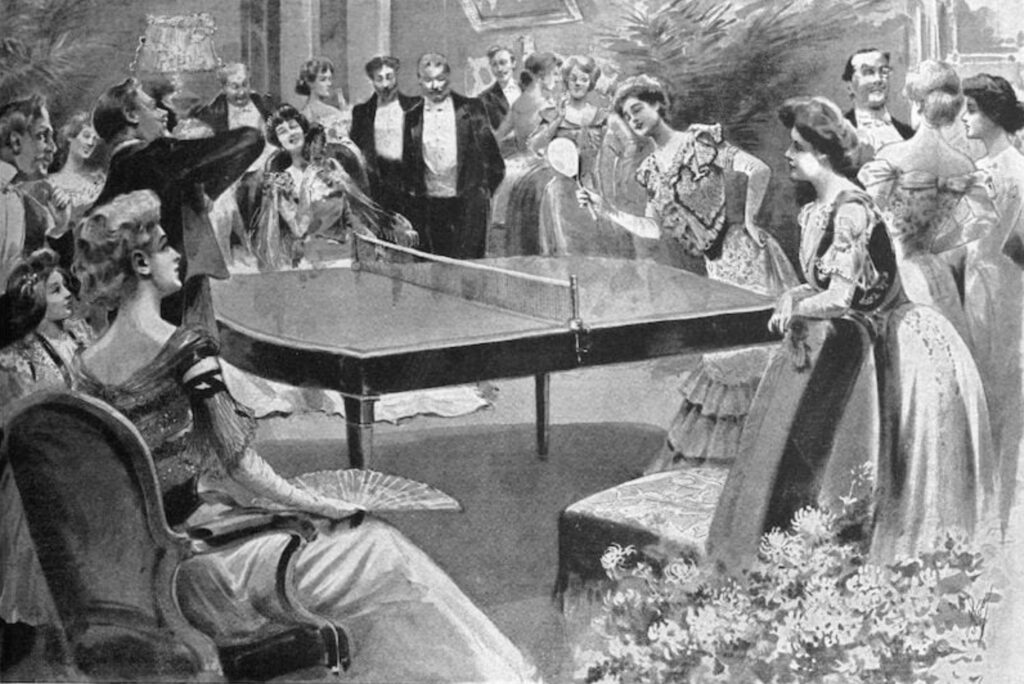
Early 20th Century: Formalisation and Global Spread
The turn of the 20th century marked a pivotal moment for table tennis. In 1901, the Table Tennis Association and the rival Ping Pong Association were formed in England, establishing formal rules and organising tournaments. However, the sport’s popularity waned briefly due to inconsistent equipment quality and disputes over the “Ping Pong” trademark. By 1921, the Table Tennis Association was revived, and in 1926, the International Table Tennis Federation (ITTF) was founded in Berlin, standardising rules and adopting “table tennis” as the official name to avoid trademark issues.
The ITTF’s formation spurred the sport’s global expansion, with national federations established across Europe, Asia, and the Americas. The first World Table Tennis Championships, held in London in 1926, solidified its competitive status, with Hungary dominating early events due to their technical innovations, such as the use of rubber-covered paddles. These paddles, introduced in the 1920s, improved spin and control, transforming table tennis into a faster, more strategic game.
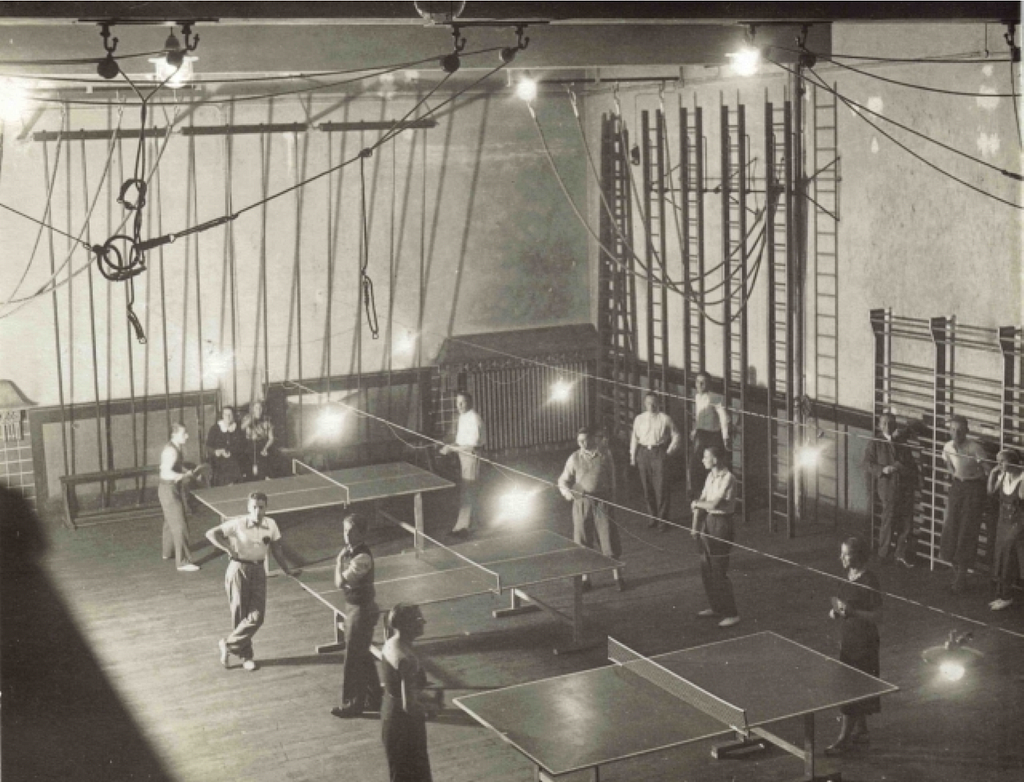
Mid-20th Century: Technological and Cultural Shifts
The 1950s and 1960s saw significant advancements in table tennis equipment and gameplay. The introduction of sponge rubber paddles, pioneered by Japanese player Hiroji Satoh in 1952, revolutionised the sport by enabling greater spin and speed. This innovation shifted the game’s dynamics, making it more aggressive and appealing to spectators. Meanwhile, China emerged as a powerhouse, with players like Rong Guotuan winning the world championship in 1959, marking the beginning of Chinese dominance that continues today.
Table tennis also gained cultural significance during this period. The 1971 “Ping Pong Diplomacy” event, where American and Chinese players exchanged visits during the Cold War, highlighted the sport’s role in fostering international relations. In the UK, table tennis grew in popularity through local clubs and school programmes, supported by organisations like the English Table Tennis Association (now Table Tennis England)

Late 20th Century to Present: Olympic Recognition and Modernisation
Table tennis achieved global prominence when it became an Olympic sport in 1988, cementing its status as a professional discipline. The sport evolved further with rule changes, such as increasing the ball size from 38mm to 40mm in 2000 to slow the game for television audiences and introducing the 11-point scoring system in 2001 to enhance match excitement. Today, table tennis is played in over 200 countries, with the ITTF overseeing a robust calendar of international events.
In the UK, table tennis has maintained a strong grassroots presence, with initiatives like Table Tennis England’s “Ping!” campaign, launched in 2010, placing tables in public spaces to encourage participation. The sport’s accessibility, requiring minimal space and equipment, has kept it popular in schools, community centres, and homes.
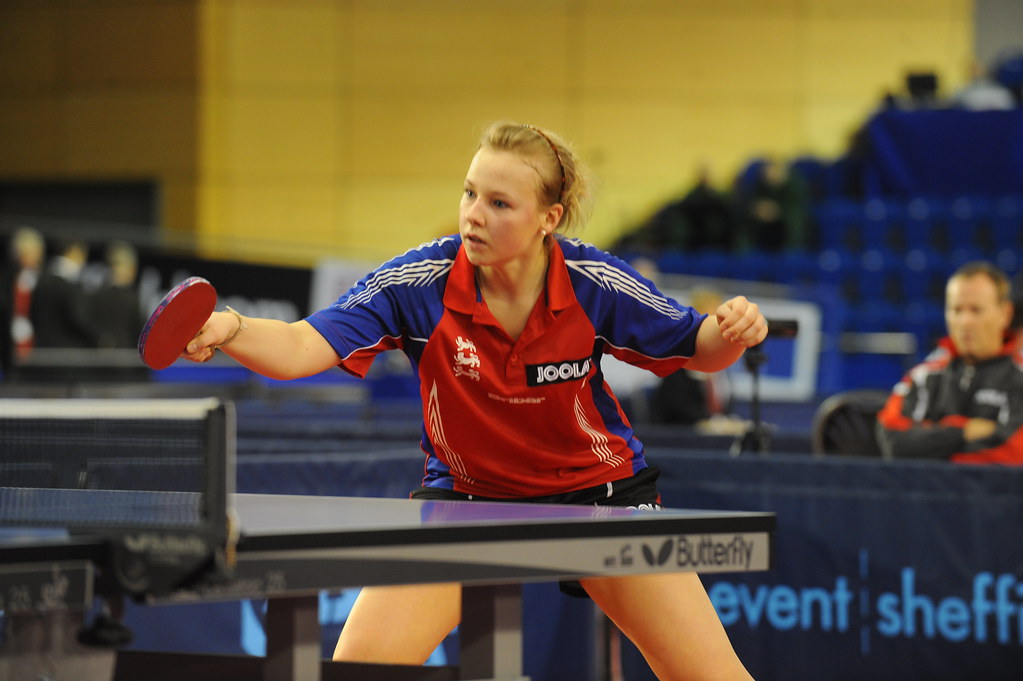
How Table Tennis Works in UK Homes Today
In modern UK homes, table tennis has become a versatile and popular activity, valued for its affordability, social appeal, and health benefits. Advances in equipment design and the availability of compact, home-friendly tables have made it easier than ever to integrate table tennis into domestic settings. Below, we explore how table tennis functions in UK homes, covering equipment, setup, gameplay, and its role as a recreational and fitness activity.
Equipment for Home Table Tennis
Modern table tennis equipment is tailored to suit various home environments, from spacious garages to compact living rooms. Key components include:
- Tables: Home table tennis tables vary in size and design to accommodate different spaces:
- Full-Size Tables (2.74m x 1.525m x 0.76m): Ideal for dedicated game rooms or garages, these meet ITTF standards and are perfect for serious players. Brands like Butterfly and Cornilleau offer durable models with features like foldable designs and weatherproof surfaces for outdoor use.
- Midi or Compact Tables: Smaller tables (e.g., 1.8m x 0.9m) are popular for homes with limited space, such as flats or small gardens. These are often foldable and portable, making storage easy.
- Tabletop Conversion Kits: For the most space-conscious households, conversion tops can be placed on dining tables, transforming them into temporary playing surfaces.
- Paddles: Home players typically use recreational paddles with rubber-covered surfaces for grip and spin. Advanced players may opt for custom paddles with specialised rubber (e.g., pimpled or smooth) to suit their playing style.
- Balls: Modern 40mm celluloid or plastic balls are standard, with 3-star rated balls offering the best quality for consistent bounce. Budget-friendly 1-star balls suffice for casual play.
- Nets: Clip-on or retractable nets are common for home use, with adjustable tension to ensure a stable playing surface.
- Accessories: Additional items like ball holders, paddle cases, and table covers enhance convenience and protect equipment.
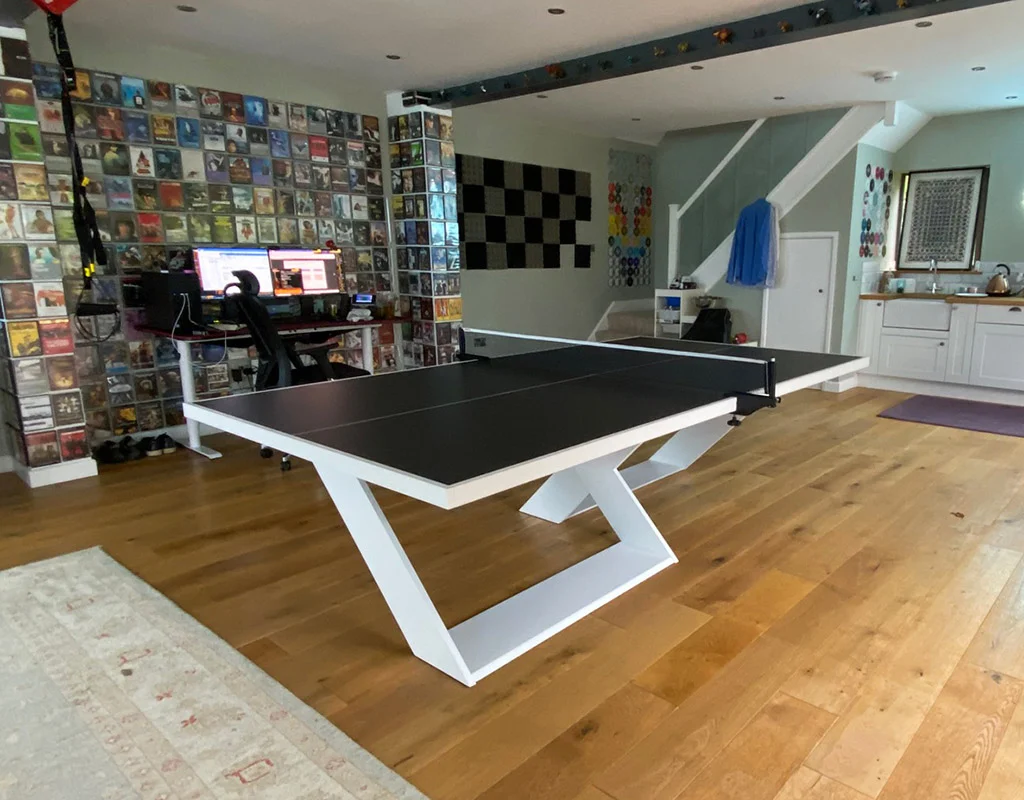
In the UK, retailers like Home Leisure Direct, Decathlon, and Amazon UK offer a wide range of table tennis equipment, with entry-level setups starting at around £100 and full-size tables costing £300–£1,000, depending on quality and features.
Setting Up Table Tennis at Home
Setting up a table tennis table in a UK home requires careful consideration of space, lighting, and surface:
- Space Requirements: A full-size table needs a clear area of approximately 5m x 3m to allow for player movement, though casual play can work in smaller spaces (e.g., 4m x 2m). Compact tables or tabletop kits fit well in flats or smaller rooms, requiring as little as 2m x 1.5m.
- Location: Common locations include:
- Garages: Spacious and often underused, garages are ideal for full-size tables, especially with foldable models for storage.
- Living Rooms or Dining Areas: Tabletop conversion kits or midi tables work well, with furniture rearranged temporarily for play.
- Gardens or Patios: Outdoor tables, designed to withstand UK weather, are popular for summer play, particularly in family homes.
- Lighting: Adequate lighting (e.g., 300–500 lux) prevents eye strain and ensures visibility of the fast-moving ball. Ceiling lights or portable LED lamps suffice for indoor setups.
- Flooring: A flat, non-slip surface like wood, laminate, or concrete is ideal. Outdoor tables require a level patio or deck. Mats can be added to protect floors and reduce noise.
- Storage: Foldable tables or tabletop kits are easily stored in corners, under beds, or against walls, making them practical for UK homes where space is often at a premium.
Setup is straightforward, with most tables requiring 10–30 minutes for assembly. Many modern tables come pre-assembled or with clear instructions, and online tutorials (e.g., YouTube guides from Butterfly) assist first-time users.
Gameplay in the Home Setting
Table tennis in UK homes is typically played casually, though competitive rules can be applied for enthusiasts. Key aspects include:
- Rules: Home games often follow simplified rules, but official ITTF rules include:
- Matches are played to 11 points, with players alternating serves every two points.
- The ball must bounce once on each side of the net during a rally.
- Points are scored if the opponent fails to return the ball or hits it out of bounds.
- Casual players may adapt rules, such as playing to 21 points or ignoring strict service rules.
- Formats: Singles (1v1) and doubles (2v2) are common, with round-robin or “king of the table” formats popular for family gatherings. Solo practice modes, like hitting against a folded table half, are also used.
- Skill Levels: Table tennis suits all ages and skill levels, from children learning hand-eye coordination to adults refining spin techniques. Online resources, such as Table Tennis England’s coaching videos, help home players improve.
Appeal and Benefits in UK Homes
Table tennis has surged in popularity in UK homes due to its unique advantages:
- Accessibility: Affordable equipment and minimal space requirements make it ideal for flats, terraced houses, or family homes. Compact tables and conversion kits cater to urban living.
- Social Engagement: The game fosters interaction, with quick matches encouraging family bonding, friendly rivalries, or party entertainment. Its low learning curve allows beginners to join in easily.
- Health Benefits: Table tennis improves reflexes, coordination, and cardiovascular fitness. A 30-minute session can burn 200–300 calories, making it a fun way to stay active, especially during the UK’s often rainy climate.
- Versatility: Indoor and outdoor options suit varied home setups, and the sport can be played year-round, unlike weather-dependent activities like football.
- Cultural Resonance: Initiatives like “Ping!” and media coverage of Olympic table tennis have boosted its appeal, inspiring households to adopt the sport.
Modern Trends and Technology
Recent innovations have enhanced table tennis in UK homes:
- Smart Tables: Some premium tables (e.g., Cornilleau’s FT series) include features like built-in score trackers or Bluetooth connectivity for training apps.
- Training Aids: Robot ball launchers and online coaching platforms (e.g., Table Tennis Coach app) allow players to practice solo or improve skills.
- Eco-Friendly Equipment: Manufacturers like Cornilleau offer tables made from sustainable materials, appealing to environmentally conscious UK consumers.
- Community Engagement: Social media platforms, such as X posts from Table Tennis England, share tips and inspire home players, while local clubs offer opportunities to transition from home to competitive play.
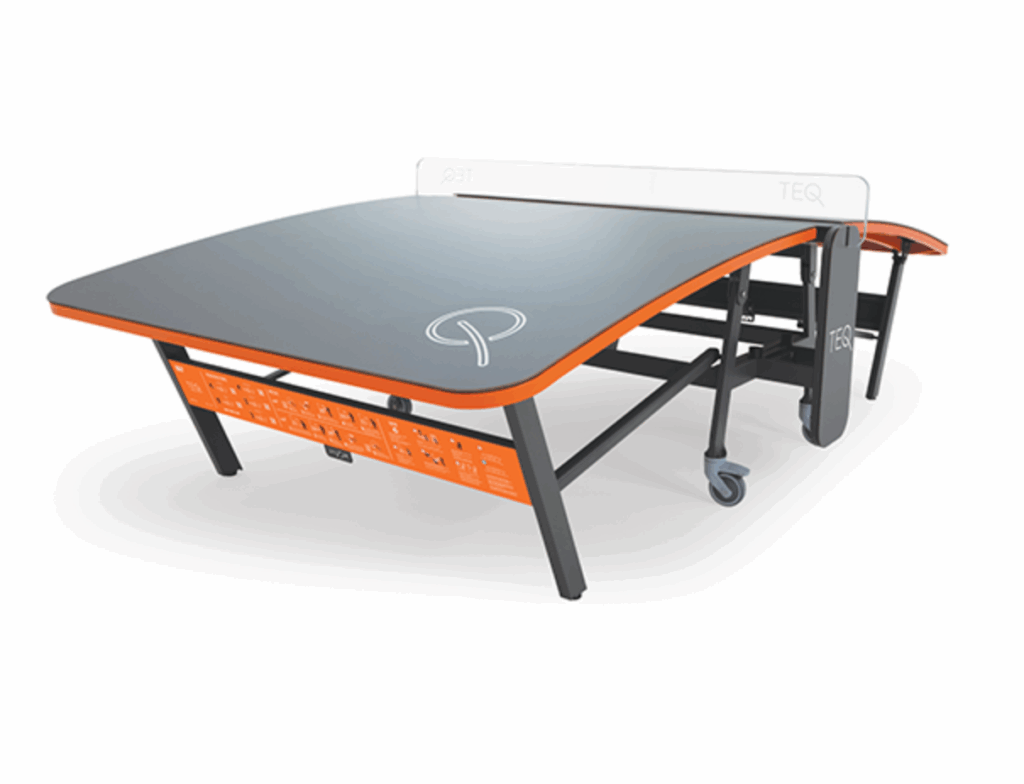
Conclusion
Table tennis has evolved from a Victorian parlour game to a dynamic sport that resonates deeply in UK homes today. Its rich history, marked by technological advancements and global recognition, underscores its enduring appeal. In modern UK households, table tennis offers a perfect blend of accessibility, fun, and fitness, with equipment options catering to diverse spaces and budgets. Whether played casually on a dining table conversion kit or competitively on a full-size table in a garage, the sport fosters connection and activity, making it a cherished addition to home life. As table tennis continues to grow, supported by community initiatives and innovative equipment, its place in UK homes is set to thrive, keeping the “ping pong” spirit alive for generations.

